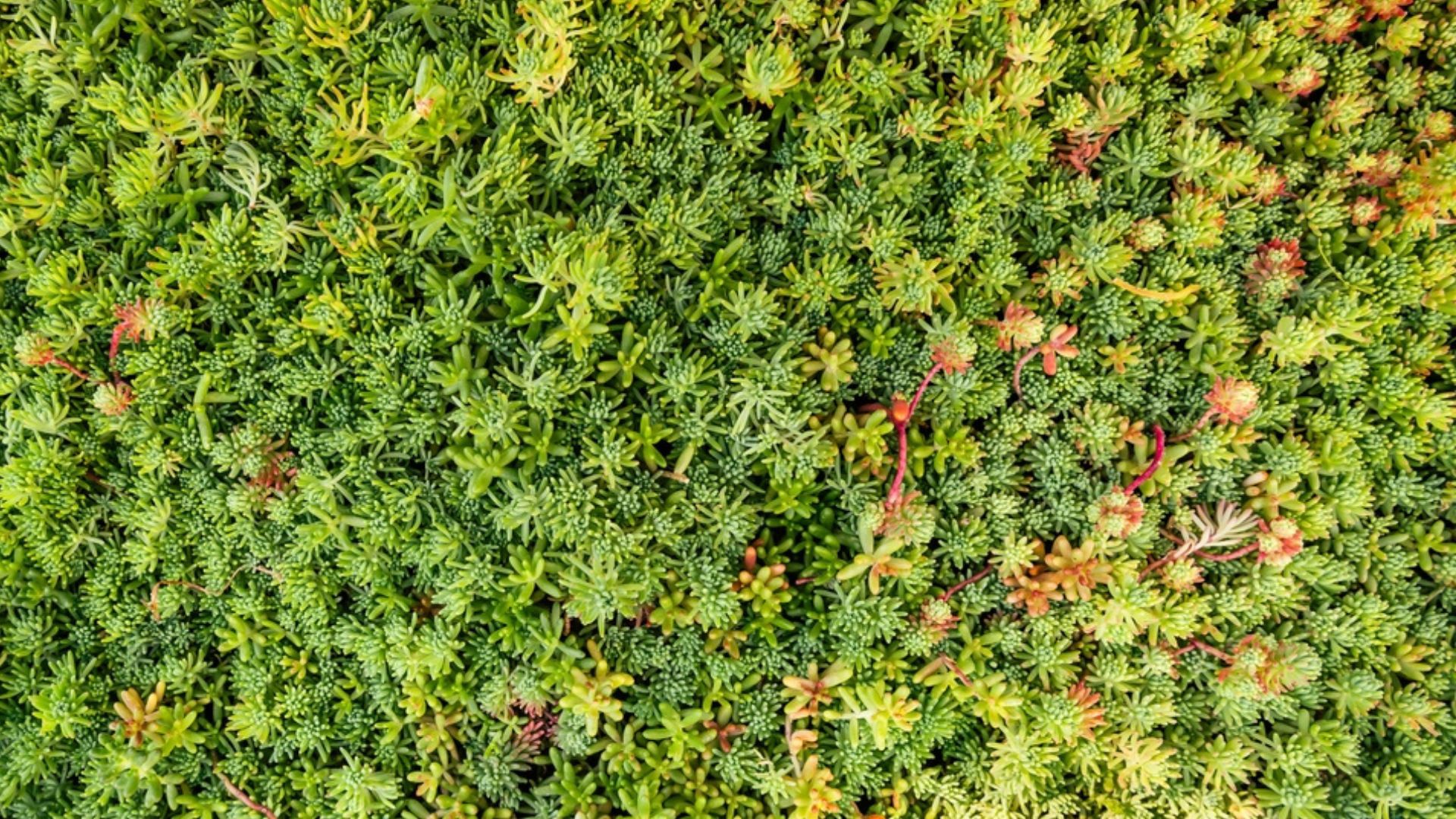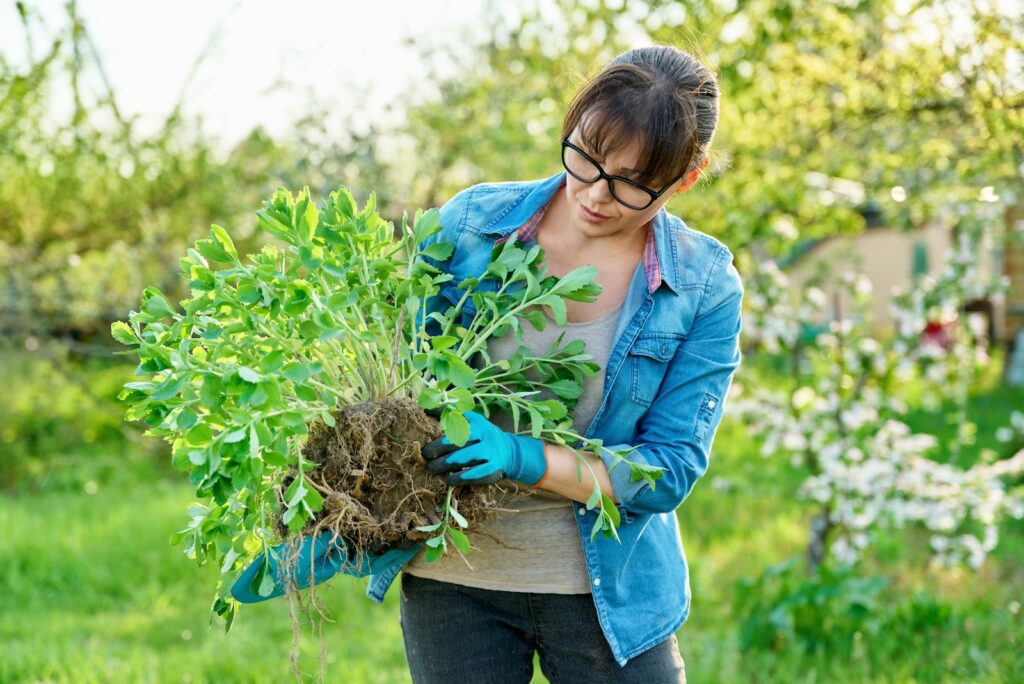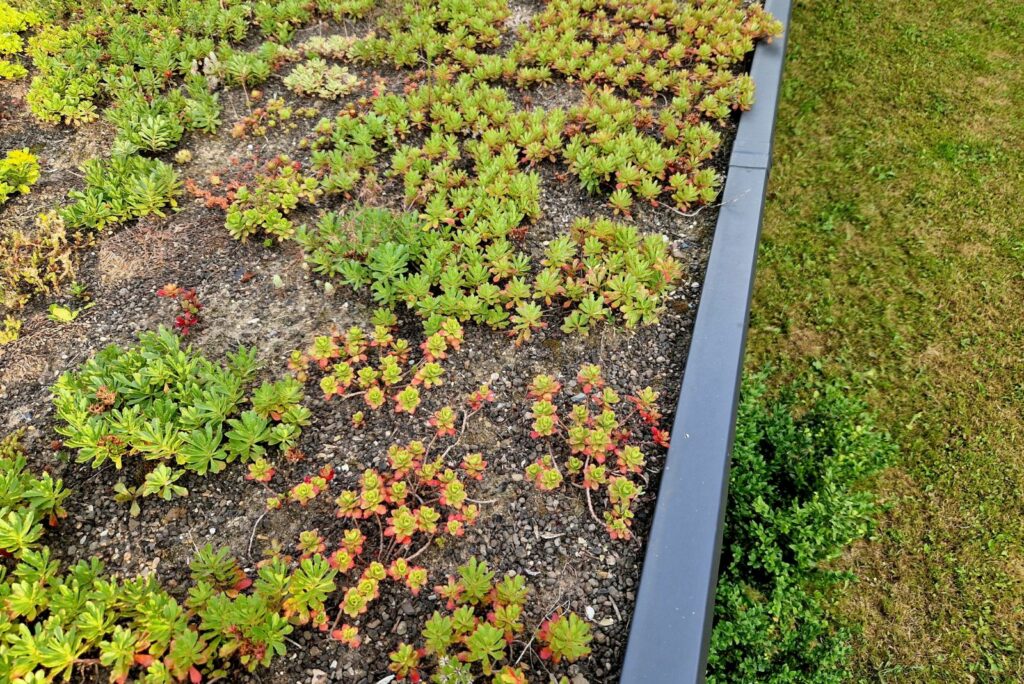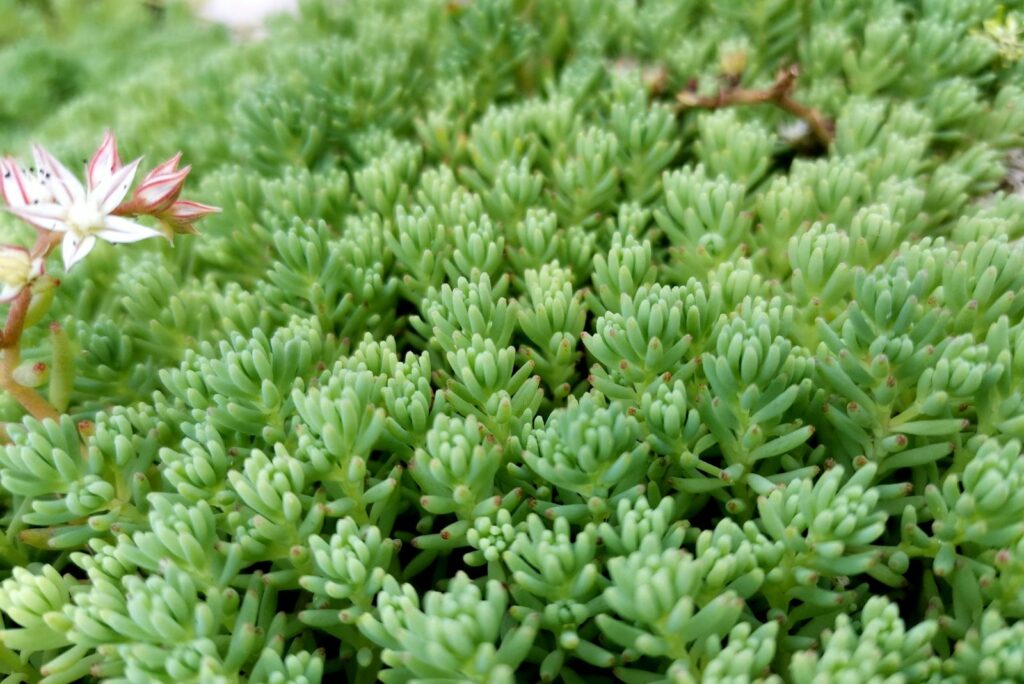Most gardeners are tired of high-maintenance, water-hogging grass lawns, which is why they are starting to look for lawn alternatives.
One great example is sedum – this is an absolute lifesaver for anyone looking to transform their yard with a more laid-back, eco-friendly alternative.
It’s no wonder sedum is growing in popularity, especially in drought-prone areas where growing a lush green lawn seems far-fetched.
Although sedum might be low-maintenance, it still has its quirks. I thought I could just plant it anywhere and walk away, but nope!
The right type of sedum, plenty of sunlight, and holding back on the water and fertilizer are all the things gardeners should look for. That being said, here are some common mistakes you should avoid if growing sedum as a grass alternative.
1. Planting Sedum In Shade
If you love plants that pretty much take care of themselves, sedum should be your first choice!
It thrives in the sun and can handle some shade too. However, if your yard is more on the shady side, then this might not be the best for your lawn.
Luckily, there are some similar plants that are great alternatives to sedum, such as moss or sweet woodruff. Moss has that soft look, while sweet woodruff brings in fresh greenery (though fair warning, it can get a little wild if you don’t keep it in check!).
So, no matter if it’s sunny or shady, you’ve got some great options for a gorgeous, low-maintenance lawn.
2. Growing It In Clay Soil
Sedum is a bit picky about its soil – it loves well-draining, sandy, or rocky soil.
If you’ve got heavy clay soil like I do, it might be a challenge for sedum to thrive. It doesn’t like to sit in wet, dense dirt, so you may want to mix in some sand or small rocks to help it out.
This might be helpful: Transform Your Garden Soil From Drab To Fab With This Sweet And Simple Trick
3. Adding Too Much Fertilizer And Water To It
It might be tempting to spoil your sedum with extra fertilizer, but less is definitely more!
Overfertilizing can actually make sedum floppy and leggy, which is never a good look. A little boost of fertilizer in the spring is usually all it needs.
Be careful with the watering because sedum doesn’t like too much moisture. Overwatering can make it go limp, or worse, cause it to rot.
Just keep things light and your sedum will stay strong!
Also read: 11 No-Mow Lawn Alternatives Ideal For Gardens




